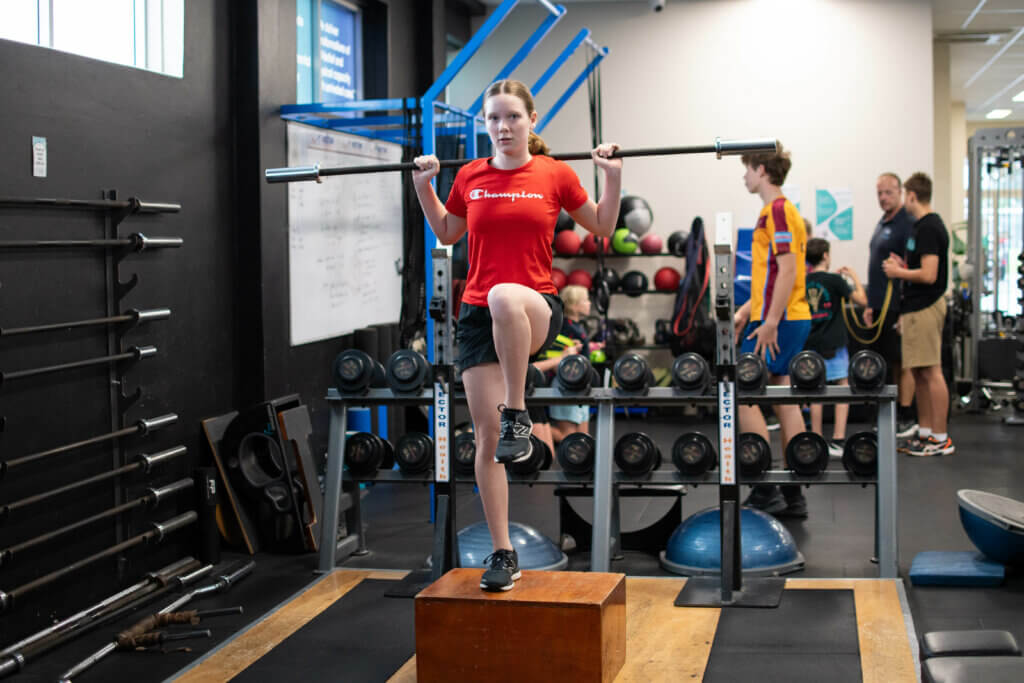
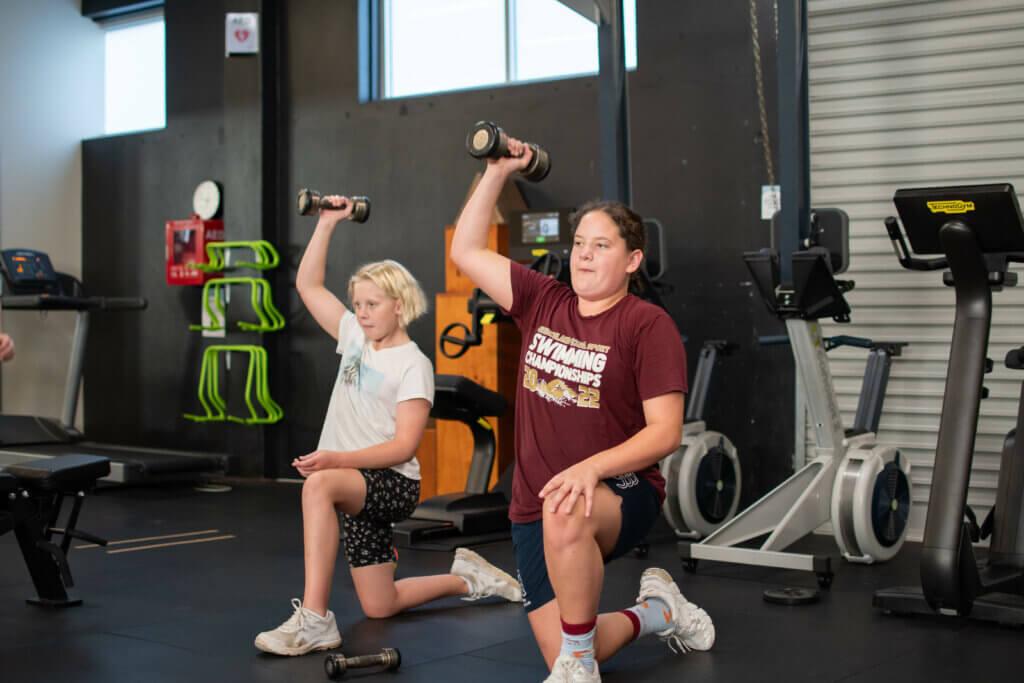
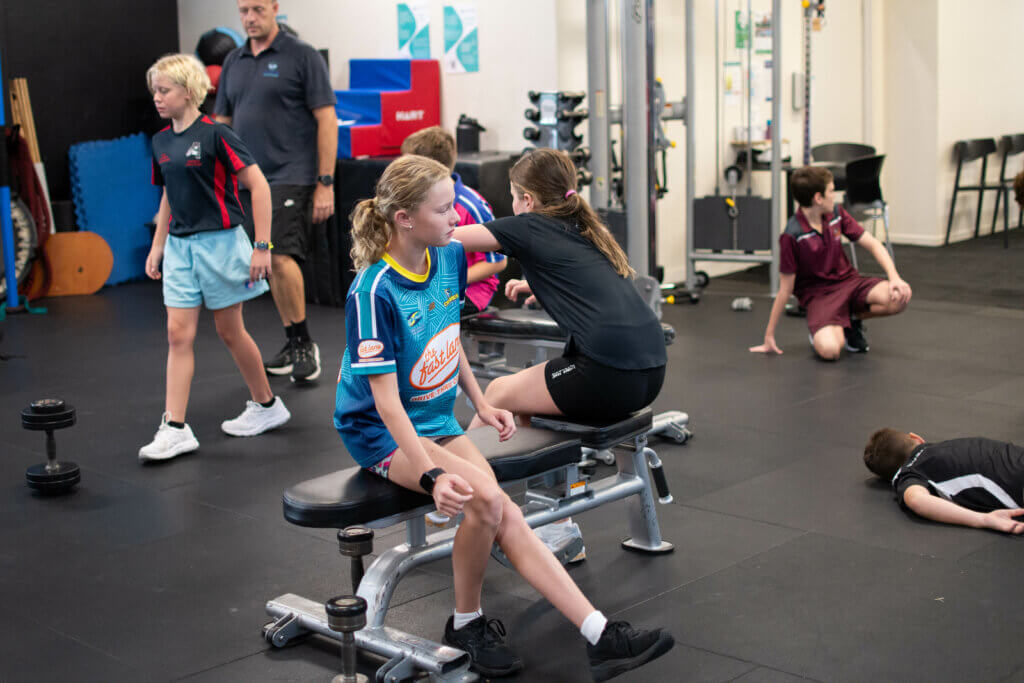
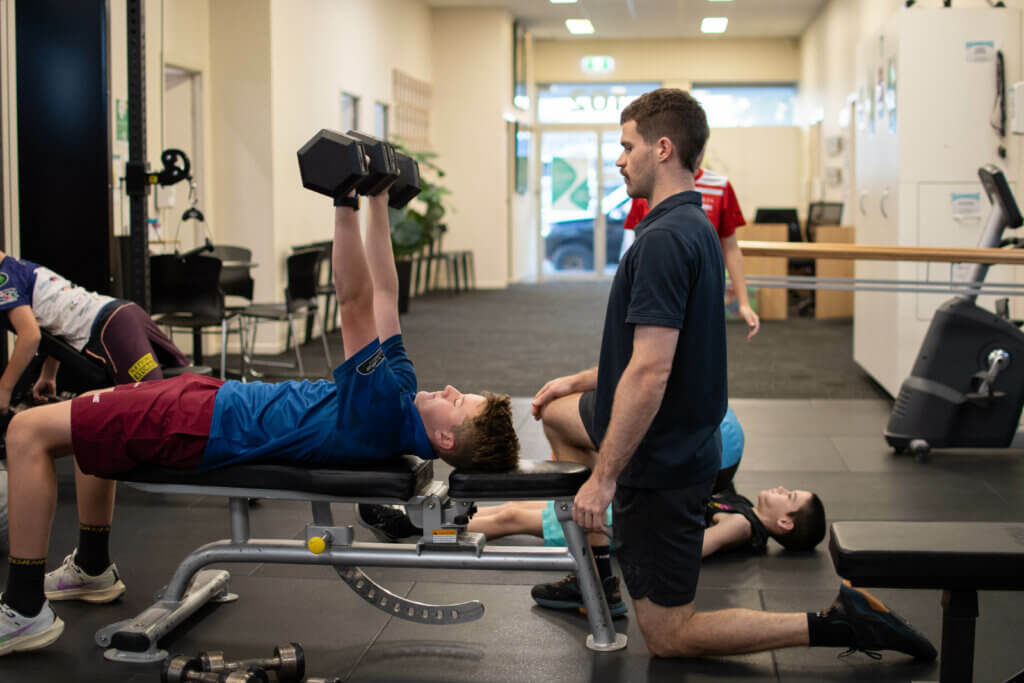
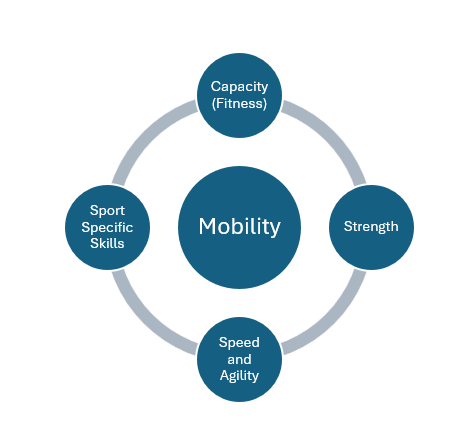
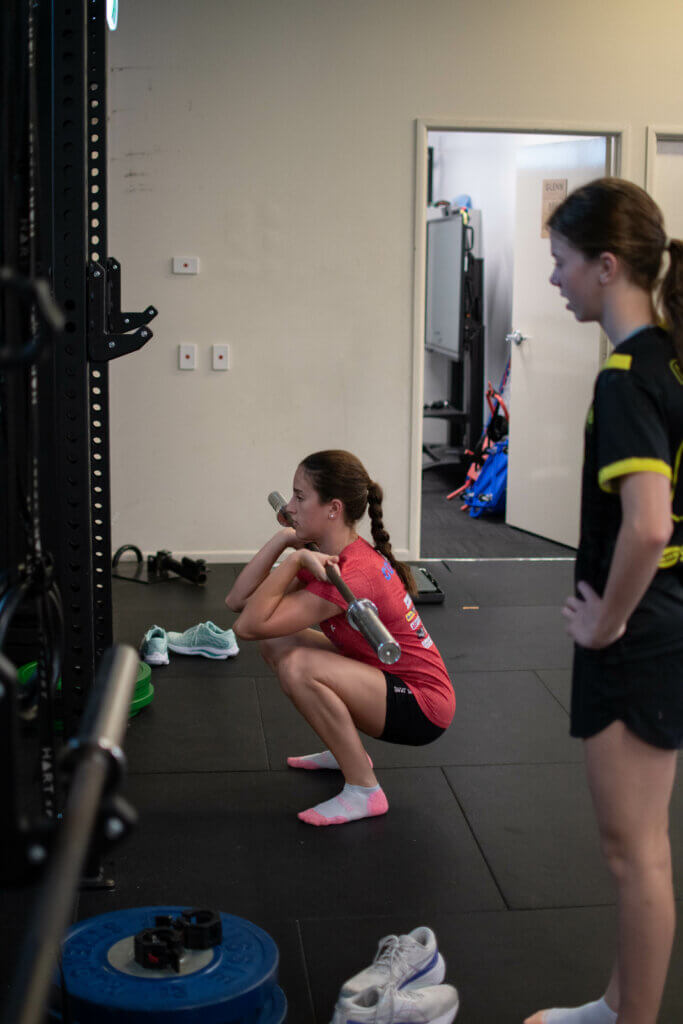
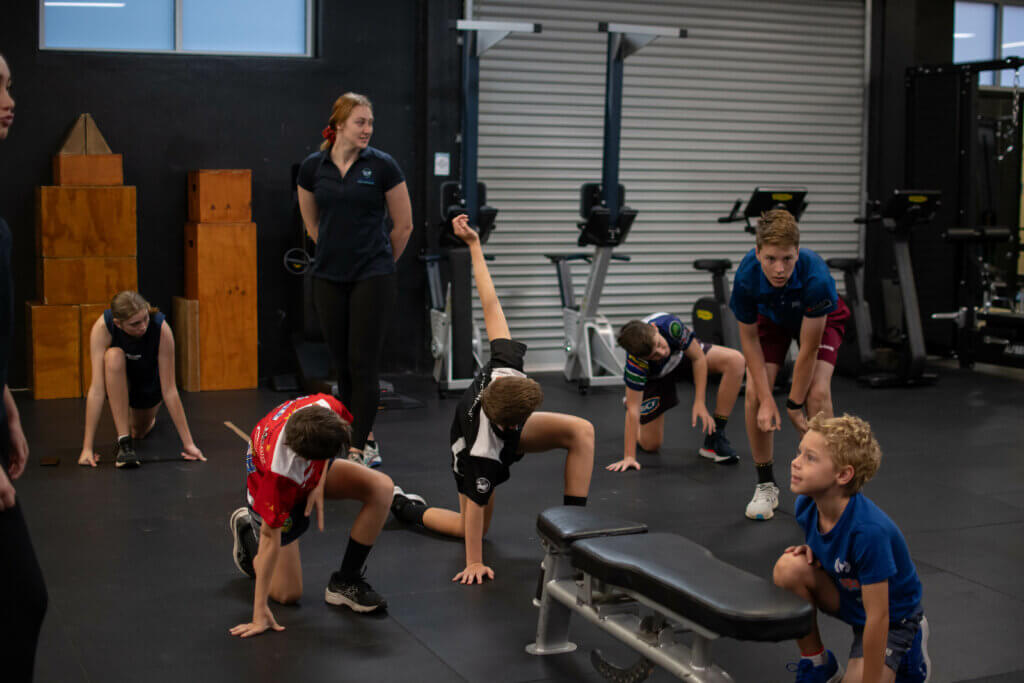
References
- Faigenbaum, A. D., Kraemer, W. J., Blimkie, C. J., Jeffreys, I., Micheli, L. J., Nitka, M., & Rowland, T. W. (2009). Youth resistance training: Updated position statement paper from the National Strength and Conditioning Association. Journal of Strength and Conditioning Research, 23(5), S60-S79.
- Behm, D. G., Young, J. D., Whitten, J. H., Reid, J. C., Quigley, P. J., Low, J., & Li, Y. (2008). Effectiveness of traditional strength vs. power training on physical performance and activities of daily living in older adults. Journal of Strength and Conditioning Research, 22(1), 62-72.
- Lubans, D. R., Aguiar, E. J., & Callister, R. (2010). The effects of free weights and machine weights resistance training on physical self-perception in adolescents. Psychology of Sport and Exercise, 11(6), 497-504.
- Morris, F. L., Smith, R. M., Payne, W. R., Galloway, M. A., & Wark, J. D. (2017). The effects of a season of resistance training on the bone density of competitive male runners. Journal of Strength and Conditioning Research, 11(2), 60-63.
- Benson, A. C., Torode, M. E., & Fiatarone Singh, M. A. (2018). Effects of resistance training on metabolic fitness in children and adolescents: A systematic review. Obesity Reviews, 9(1), 43-66.
- Garcia-Hermoso, A., Ramírez-Campillo, R., & Izquierdo, M. (2016). Is muscular fitness associated with future health benefits in children and adolescents? A systematic review and meta-analysis of longitudinal studies. Sports Medicine, 49(7), 1079-1094.
- Malina, R. M. (2006). Weight training in youth-growth, maturation, and safety: an evidence-based review. Clinical Journal of Sport Medicine, 16(6), 478-487.
- Faigenbaum, A. D., & Myer, G. D. (2010). Resistance training among young athletes: Safety, efficacy and injury prevention effects. British Journal of Sports Medicine, 44(1), 56-63.
- Lloyd, R. S., Faigenbaum, A. D., Stone, M. H., Oliver, J. L., Jeffreys, I., Moody, J. A., … & Myer, G. D. (2014). Position statement on youth resistance training: the 2014 International Consensus. British Journal of Sports Medicine, 48(7), 498-505.
- American Academy of Pediatrics. (2008). Strength training by children and adolescents. Pediatrics, 121(4), 835-840.
These references provide a comprehensive overview of the benefits of resistance training for adolescents, debunking common myths and highlighting the importance of safe and supervised programs.
